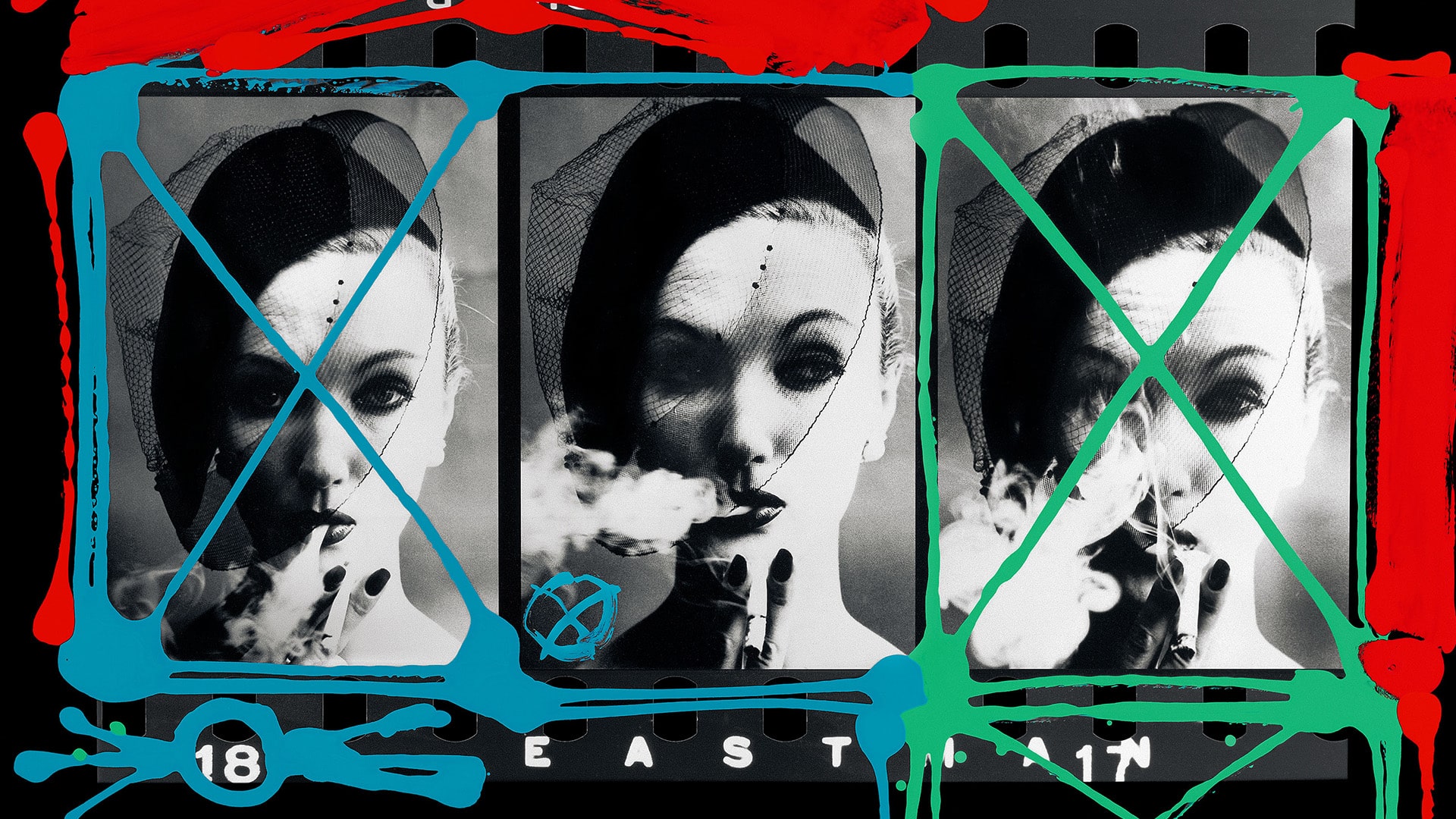Legendary French publishing house Delpire is releasing a new edition of Klein’s emblematic series, with 30 previously unseen works.

You’re getting blind.
Don’t miss the best of visual arts. Subscribe for $9 per month or $108 $90 per year.
Already suscribed ?



